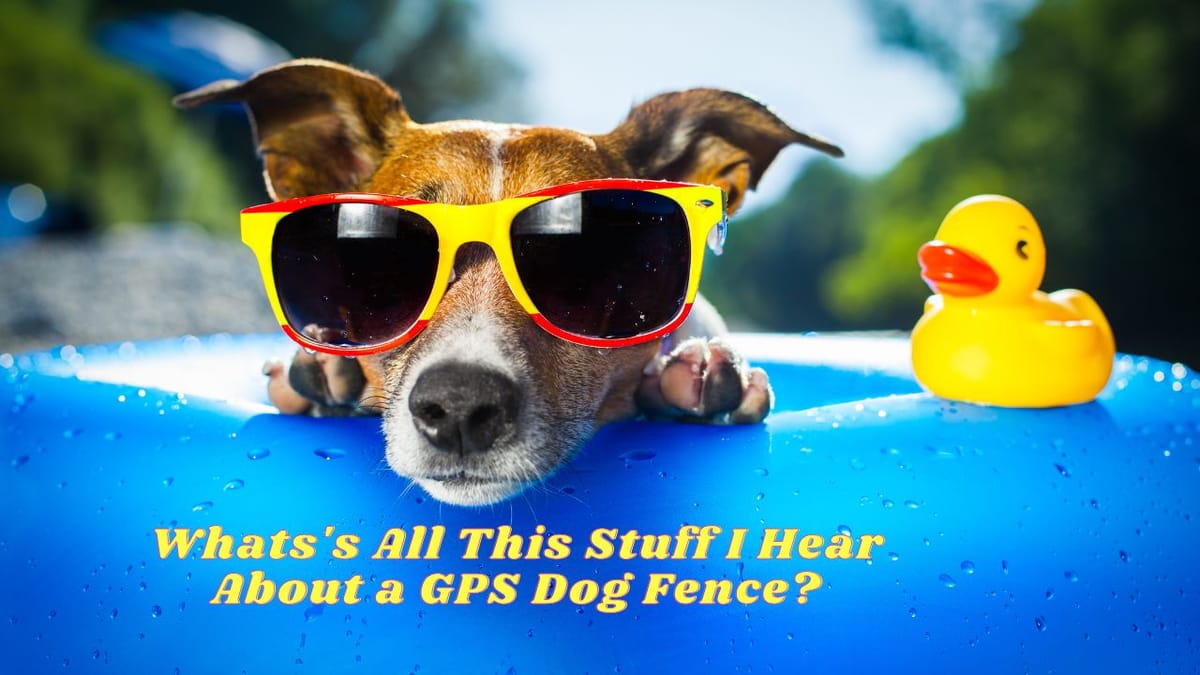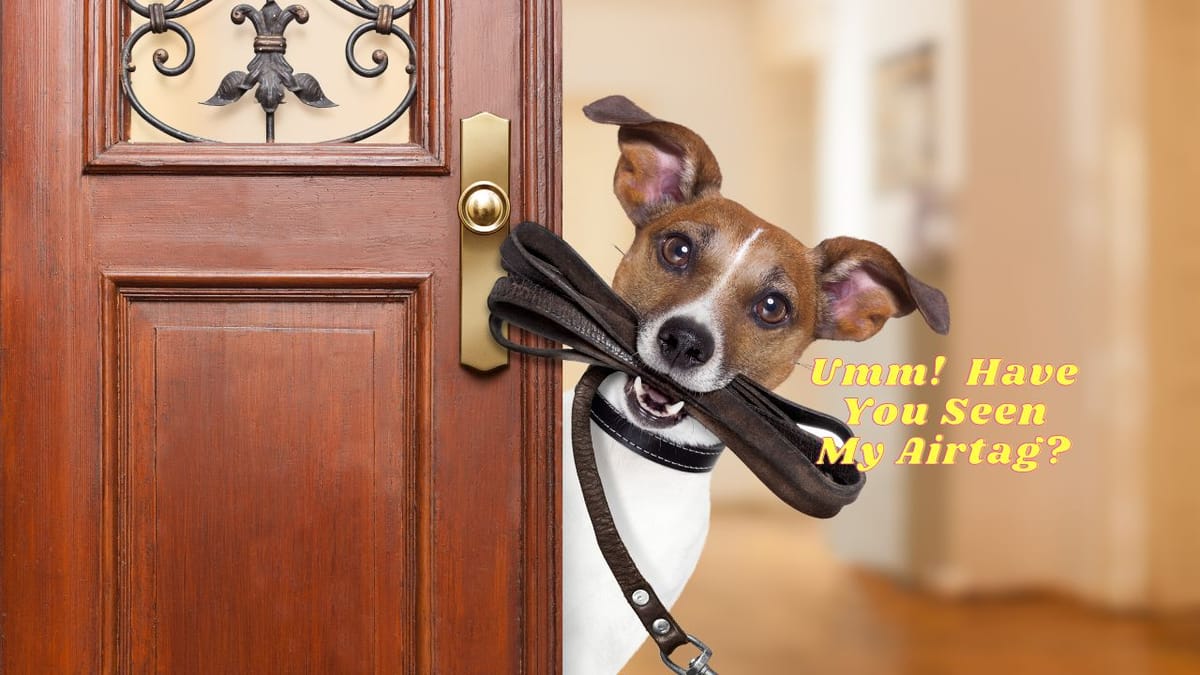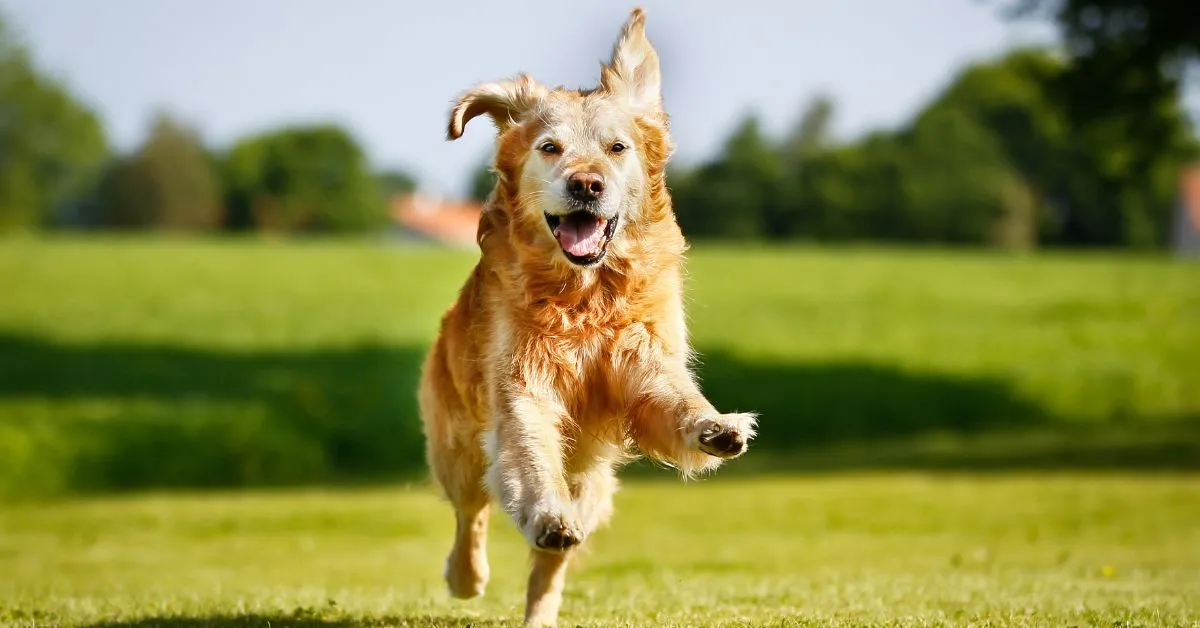Table of Contents
As a dog owner, keeping your furry friend safe and secure is always a top priority. Traditional fences can be costly, unsightly, and sometimes ineffective. In recent years, many pet owners have turned to GPS dog fences as an alternative solution. These high-tech containment systems promise to offer a virtual boundary for your pet without the need for a physical fence. But are GPS dog fences effective? In this blog post, we’ll explore the ins and outs of GPS dog fences, evaluating their pros and cons to help you make an informed decision.
Key Takeaways
- GPS dog fences offer safety, flexibility and convenience for pet containment.
- Consider range errors, interference issues, lack of physical barrier and battery life when choosing a system.
- Proper setup & training are necessary to ensure effectiveness in containing pets safely.
With detailed and rigorous research, we provide our readers with the finest recommendations. Our recommendations are our opinions. Our cause is backed by reader support- for every click made through one of our affiliates links, a commission may be earned at no extra expense to you! As an Amazon Associate, Reviewsopedia may earn a commission from qualifying purchases. Thank you and enjoy!
Understanding GPS Dog Fences
GPS dog fences use satellite technology to create virtual boundaries for pets, providing a safe and customizable containment solution. Unlike traditional physical fences, GPS dog fences, such as SpotOn Collar and Halo Collar 2+, use the Global Positioning System (GPS) to establish a digital fence for your pet.
This electronic dog fence communicates with a GPS collar worn by your dog, allowing you to configure a boundary on a map. Your dog’s collar is equipped with both audible and static stimulation warnings. If your pet moves outside of its boundaries, a warning sound will be emitted. If it continues, a static correction will be administered. With the SpotOn GPS fence, you can ensure your pet’s safety and freedom within the designated area.
Popular GPS dog fence models on the market include SpotOn Collar, Halo Collar 2+, Tractive Collar, and Pawious Dog GPS Fence Collar. These models vary in their coverage range, features, and price, catering to the diverse needs of dog owners.
The SpotOn Collar, for example, has a maximum coverage range of 1,000 acres and allows for the creation of up to 20 unique fences. The Halo 2+ pet containment system offers customizable and adjustable features, providing a maximum fence coverage of up to 6.2 miles.
The Effectiveness of GPS Dog Fences
GPS dog fences have garnered attention for their potential to keep dogs safely contained without the need for a physical barrier, such as traditional pet fences. Their effectiveness can be attributed to several factors, including safety features, flexibility in fence design, and training benefits for dogs.
Let’s explore these factors and their impact on the effectiveness of GPS dog fences.
Safety for Your Pet
The safety provision is a primary advantage of GPS dog fences. With GPS technology, pet owners can track their dog’s location and receive alerts if the dog breaches the virtual fence. This monitoring feature ensures that you’re always aware of your dog’s whereabouts, even if they manage to escape the GPS fence.
Moreover, GPS dog fences utilize various correction methods to discourage your dog from leaving the designated area. Most models use a combination of warning sounds, vibrations, and static corrections to train your pet to respect the boundary. This multi-tiered approach to training ensures that your dog is gently but effectively kept within the safe zone.
Flexibility in Fence Design
GPS dog fences offer the following advantages:
- Flexibility in designing and adjusting virtual boundaries
- Ability to create a custom containment area that conforms to the unique shape and size of your property
- Particularly useful for dog owners with irregularly shaped yards or properties with varying terrain
Some GPS dog fence models, like the Halo Collar 2+, offer the following features:
- Creation of multiple fences with any desired shape and size
- Customizable corrections
- Different boundaries for different situations, such as a smaller area for when you’re at home and a larger area for when you’re away
The ability to easily adjust and transport these virtual fences makes GPS dog fences a versatile and convenient containment solution.
Training Benefits
Apart from ensuring your pet’s safety, GPS dog fences can also function as a useful training tool. With customizable settings such as warning signals, vibrations, and static corrections, GPS dog fences can help teach your dog to stay within the designated area.
Different models offer a variety of correction options, allowing pet owners to tailor the training to their dog’s specific needs and temperament. For example, the Halo 2+ pet containment system offers static correction, vibration, tone, and voice corrections, while the Wagz Freedom Smart Dog Collar utilizes tone, vibration, and ultrasonic corrections.
The versatility of these correction options enables pet owners to find the most effective and humane training method for their individual dog.
Pros of GPS Dog Fences
As noted, GPS dog fences offer several significant benefits.
- Safety features such as monitoring and notifications, which help keep your pet secure and give you peace of mind
- Flexibility in fence design allows you to create boundaries that suit your property’s unique shape and size
- Adaptable solution for various living situations
Additionally, GPS dog fences, also known as GPS fences, are often more cost-effective than traditional wired fences, such as electric dog fences, as they don’t require the installation of a physical fence like an invisible dog fence. The portability of these systems, along with the convenience of a GPS wireless dog fence, also means you can take your virtual fence with you if you move or travel, making them a convenient option for many dog owners.
Overall, the pros of GPS dog fences make them an attractive choice for pet containment.
Cons of GPS Dog Fences
Despite their many benefits, GPS dog fences have certain drawbacks. Potential issues include range errors and interference, the absence of a physical barrier, and considerations for battery life.
Range of Error and Interference
Although GPS dog fences are usually reliable for dog containment, they may experience range errors and interference issues. Factors such as nearby tall buildings, inclement weather, and dense canopies can create shadow areas within the fence boundary, affecting the accuracy of the GPS signal.
Moreover, the radio signal from satellites, also known as gps signals, can fluctuate throughout the day due to their orbital movement, which may lead to range errors and interference issues. These potential inaccuracies can affect the effectiveness of the GPS dog fence, making it important for dog owners to be aware of the limitations and to always supervise their pets while using the system.
No Physical Barrier
The lack of a physical barrier is one of the key disadvantages of GPS dog fences. While this can be an advantage for those who prefer a more aesthetically pleasing yard, it also means that the GPS dog fence is only effective in preventing your dog from leaving the designated area, not in protecting your property from intruders or other hazards.
Additionally, it’s worth noting that some dogs may be able to breach the virtual boundary, particularly if they are highly motivated or not properly trained. This makes it crucial for pet owners to invest time in training their dogs to understand and respect the GPS fence and to always keep an eye on their pets while using the system.
Battery Life Considerations
Considering the battery life is also important when using GPS dog fences. The battery life of GPS dog collars can vary depending on the brand and model, with some lasting up to seven days, while others may last for approximately 20 hours. This means that regular recharging or replacement of batteries may be necessary for the system to maintain its effectiveness.
It’s essential for dog owners to be aware of their GPS dog collar’s battery life and to plan accordingly. This may involve recharging the collar at night or carrying a spare battery during extended outings, ensuring that the GPS dog fence remains functional and effective in keeping your pet contained.
Comparing Top GPS Dog Fence Models
When deciding on a GPS dog fence, comparing the features and capabilities of various models is crucial to find the best fit for your needs. Popular models include:
- SpotOn Collar: extensive coverage range and ability to create up to 20 unique fences
- Halo Collar 2+: long battery life and daily metrics on your dog’s activities
- Tractive Collar: sleep activity tracker feature
- Pawious Dog GPS Fence Collar: customizable boundary shape and sizes
- GroovyPets: app-controlled with a 4.5 acre coverage range
Each of these models offer different capabilities, so it’s important to consider your pet’s activity level, the size of your property, and other factors when selecting a GPS dog fence system. Doing research on the various options available is key to finding the best GPS dog fence for you and your pet.
By comparing these top GPS dog fence models, you can make an informed decision on which system best aligns with your needs, preferences, and budget. Keep in mind that each model has its pros and cons, so it’s important to weigh the benefits and drawbacks carefully before making your final choice.
Factors to Consider When Choosing a GPS Dog Fence
Several factors need to be considered when choosing a GPS dog fence to ensure the best system for your unique circumstances. First, consider the size of your property and the area you want to designate for your dog. The terrain and any potential obstacles, such as trees or buildings, can affect the accuracy of the GPS dog fence and should be taken into account.
Next, consider your dog’s temperament, including its breed, age, and activity level. Some dogs may require more intensive training or more robust correction settings to effectively understand and respect the GPS fence.
Lastly, consider your preferences and budget, including the features you desire in a GPS dog fence, the cost of the fence itself, and any subscription fees that may be associated with the system. By taking these factors into account, you can make an informed decision when choosing a GPS dog fence.
Real-Life Experiences with GPS Dog Fences
While GPS dog fences have been successful for many dog owners, keep in mind that individual experiences can differ. Some users have praised the effectiveness of GPS dog fences in keeping their pets safely contained within the designated area, while others have encountered issues with range errors or interference.
Overall, real-life experiences with GPS dog fences highlight the importance of proper setup, training, and supervision. While these systems can be effective in containing your pet, they are not foolproof and should not be relied on as the sole means of containment.
Always be vigilant and attentive to your dog’s whereabouts, even when using a GPS dog fence, to ensure their safety and well-being.
Summary
In conclusion, GPS dog fences offer a promising alternative to traditional physical fences for pet containment. Their effectiveness can be attributed to their safety features, flexibility in fence design, and training benefits for dogs. However, it’s important to consider the potential drawbacks, such as range errors and interference, the lack of a physical barrier, and battery life issues.
When selecting a GPS dog fence, consider factors such as property size, dog temperament, and owner preferences and budget. By carefully weighing the pros and cons of various models and taking into account your unique needs, you can choose a GPS dog fence that will help keep your pet safe and secure while providing you with peace of mind.
Frequently Asked Questions
How accurate are GPS dog fences?
GPS dog fences can be an effective tool for containment, however, their accuracy can be unreliable sometimes due to shifting GPS coordinates and signal interference. Additionally, some dogs may become immune to static correction over time.
Do wireless gps dog fences really work?
Wireless dog fences statistics show they are about 70% successful. However, they can still be a useful tool for keeping your pet safe. They can be used to create a boundary for your pet to stay within, and can be used to keep them away from areas.
Are GPS dog trackers worth it?
GPS dog trackers offer peace of mind and real-time location tracking that can be invaluable for pet owners, but the cost and potential subscription fees could make them too expensive for some. Ultimately, whether they’re worth it depends on individual needs and budgets.
How does a GPS dog fence work?
A GPS dog fence is a revolutionary system for containing and protecting your furry friends. By utilizing advanced satellite technology, this state-of-the-art solution allows pet owners to establish virtual boundaries, ensuring the safety of their beloved animals. Unlike conventional physical barriers, this innovative containment system offers customizable features, providing a secure and flexible option for keeping your pets safe and sound.
This innovative system provides a fantastic solution for ensuring the safety and well-being of beloved pets, while still granting them the freedom to explore. Not only is it a cost-effective option, but it can also be customized to suit any yard or property. With the implementation of our GPS dog fence, pet owners can have peace of mind, knowing that their furry friends are protected.
What are the potential drawbacks of GPS dog fences?
GPS dog fences have potential drawbacks such as range errors, interference issues, lack of physical barrier, and battery life concerns that must be taken into consideration.
Other Related Articles










